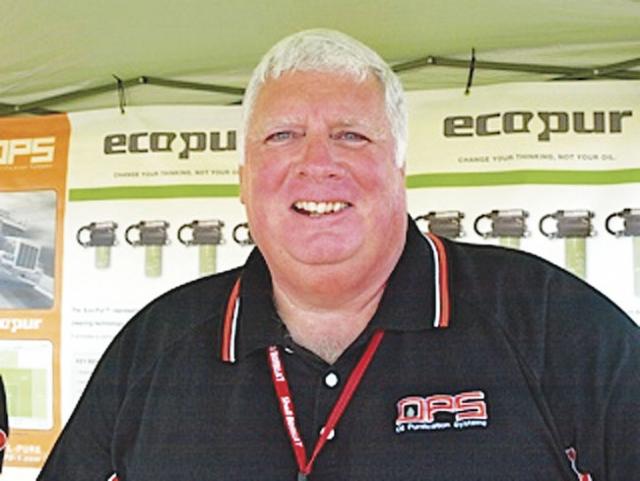Understanding Oil Contaminants

Recently I was asked why anything didn’t show up on my oil sample before my camshaft failed. The oil sample can only measure wear metals that are able to pass through the primary filter. Larger particles that flake off camshafts due to improper heat treating etc., will be left in the oil pan as they will not pass through the 40 micron primary filter. If the camshaft wears due to defective rocker arm roller pressure the wear metals would be reported but a large flake will not. In addition, any failure due to breakage in any internal part most likely would not be identifiable unless loss of a part caused additional wear etc.
How do I know what oil I should use? Engine manufacturers and the American Petroleum Institute work together to define strict criteria and standards that oil must meet to protect the engine properly to ensure oils are properly formulated for various engines and duty functions. The American Petroleum Institute sets standards and certifies motor oils that are voluntarily submitted by oil manufacturers for marketplace sampling and testing. Oils that meet or exceed the standards are certified and may use the API Service Symbol on the oil containers.
The next question is what does the CJ-4 SAE 15W40 on the bottle mean? The CJ-4 oil certification was introduced in 2006 for high speed, four stroke diesel engines designed to meet the 2007 on highway exhaust emissions and can be identified by the API Service Symbol on the oil container.
“C” = Commercial – Heavy Duty Trucks with Diesel Engines
“J” = the series identifier introduced in 2006.
“I” was introduced in 2002, “H” 1998 etc.
4” = Four Stroke Engines
SAE = Society of Automotive Engineers (Sets standards for viscosity).
15W40 = rating of oils ability to flow at certain temperatures. For example if lowest outdoor temperature is 0 degrees Fahrenheit you need a 5W or 10W oil, less than 0 degrees 0W or 5W will allow the oil to flow as required.
Any information placed in the bottom section of the API Service Symbol identifies characteristics of the oil formulation. CI-4 Plus for example is formulated to provide higher level of protection against soot related viscosity increases and shear in diesel engines and may be used in place of CJ-4 oil. You would never want to use any oils with an “S” as the category as these are strictly for gasoline engines and are not formulated for the higher heat and soot generation of diesel engines.
Another question I hear all the time is about private branded oil and whether it is okay to use in diesel engines because it is much cheaper than the major oil companies’ products? The answer is always the same. First, you need to know what oil formulations are required by your engine manufacturer which will usually be stated in the owner’s manual as an API Service Category and SAE Viscosity Grade. Beware! The jug may say for DIESEL ENGINES but it may be for automotive diesels not Heavy Duty Diesel Engines.
If you will be attending the Mid-America Truck Show in Louisville 3/31 to 4/2 2 please stop by OPS booth 68216
If you have any questions about oil sampling, oils or bypass systems please send to me at: [email protected]
